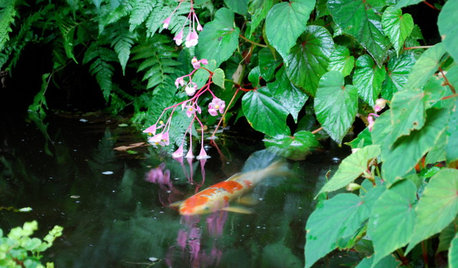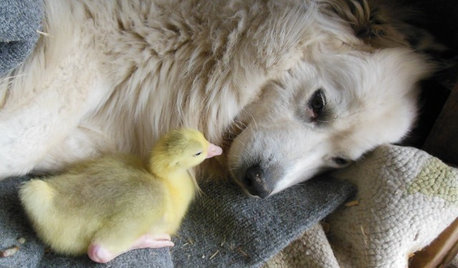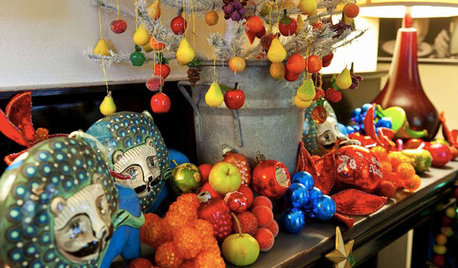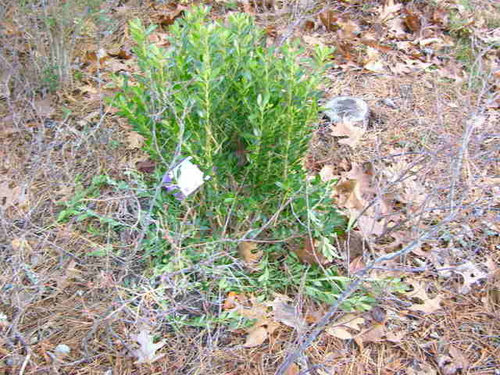Oh by Gosh by Golly How I Love a Holly
runktrun
15 years ago
Related Stories

LANDSCAPE DESIGNExplore Your Garden Personality: The Artist
Drawn to shapes, textures and colors? Let your landscape be your canvas
Full Story
PRODUCT PICKSGuest Picks: There’s a Cookie Jar for Everyone
Feed conversations as much as your sweet tooth with a fun cookie jar on the kitchen counter
Full Story
INSIDE HOUZZHouzz Prizewinners Take Their Kitchen From ‘Atrocious’ to ‘Wow’
A North Carolina family gets the kitchen they always wanted — and not a minute too soon — courtesy of the Houzz sweepstakes
Full Story
HOUSEKEEPINGGot a Disastrously Messy Area? Try Triage
Get your priorities straight when it comes to housekeeping by applying an emergency response system
Full Story
HOUZZ TV FAVORITESHouzz TV: Life, Love and Purpose Down on the Farm
A Missouri native proves that you can go home again — and discover something entirely unexpected
Full Story
HOLIDAYS25 Gorgeous Holiday Mantels by Houzzers
Laden with boughs, lights and even lemons, these decorated fireplace mantels show a festive Christmas spirit and a creative approach
Full Story
DECORATING GUIDESTop 10 Interior Stylist Secrets Revealed
Give your home's interiors magazine-ready polish with these tips to finesse the finishing design touches
Full Story
HOMES AROUND THE WORLDThe Kitchen of Tomorrow Is Already Here
A new Houzz survey reveals global kitchen trends with staying power
Full Story
REMODELING GUIDESHouzz Tour: Turning a ’50s Ranch Into a Craftsman Bungalow
With a new second story and remodeled rooms, this Maryland home has plenty of space for family and friends
Full Story
ROOM OF THE DAYRoom of the Day: Elegant Transitional Style in a Traditional Setting
Subtlety reigns in this Boston brownstone’s living room — even with show-stealing draperies
Full Story









nandina
diggingthedirt
runktrunOriginal Author
NHBabs z4b-5a NH
runktrunOriginal Author
cloud_9
diggingthedirt
mad_gallica (z5 Eastern NY)
runktrunOriginal Author
Marie Tulin
runktrunOriginal Author